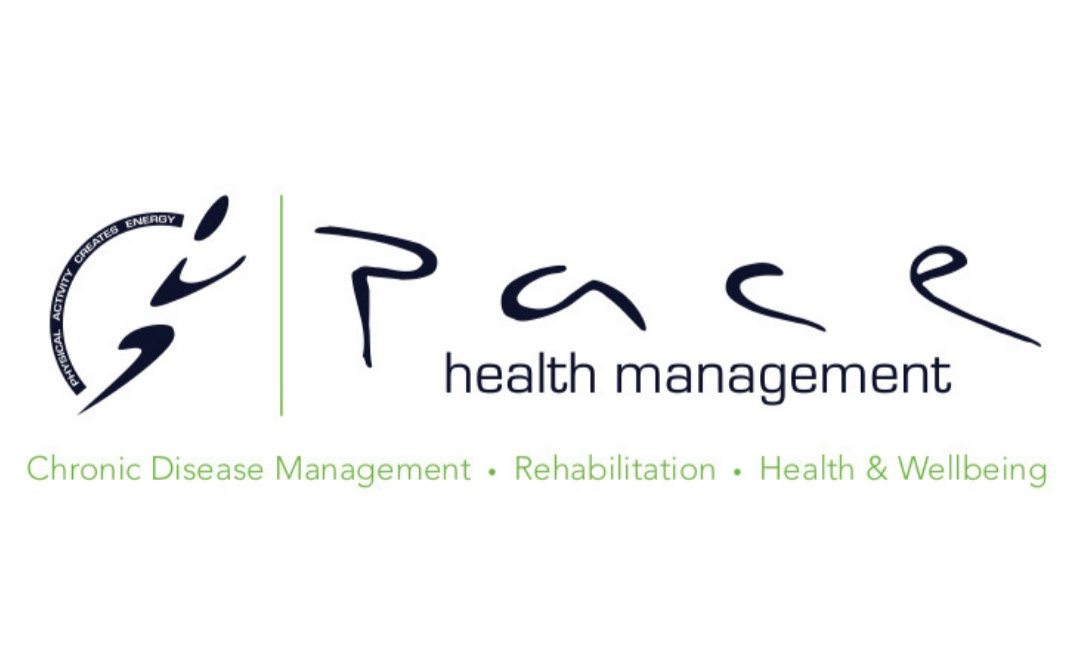Endometriosis: Why exercise helps!
Regular exercise is important throughout the lifespan for helping be protective against many different diseases. For endometriosis in particular, exercise plays a highly effective role in symptom management. Endometriosis being an oestrogen dominant condition has been proven to be managed effectively through different modes of physical activity and movement.
Exercise for anti-inflammatory and hormonal effect:
As little as 20-30min of moderate intensity physical activity per day (such as walking) has been shown to reduce levels of oestrogen as well as having anti-inflammatory effects on the body. This type of moderate intensity activity also promotes blood flow to the abdomen, spine and through to the pelvis to help inflammatory bi-products to be redistributed and synthesized by the body.
Mobility & deep breathing:
Often those that experience endometriosis have been in pain over an extended period of time. Over time the body elicits a guarding mechanism to “brace” itself and protect it from pain. This over activity can affect muscle groups close to the area of pain such as pelvic floor, abdominal wall and hip flexors. Due to these muscles being constantly in a state of guarding we can see secondary symptoms such as urinary stress incontinence, constipation and lower back/hip pain. Diaphragmatic/deep breathing can help by disengaging these muscle groups and allowing them to relax, it also helps to reduce stress and frustration that is involved with persistent pain. Movement such as walking, spinal and hip mobility exercises also help to stretch and lengthen these muscle groups to decrease tension from guarding.
Pain desensitisation:
Persistent pain caused by endometriosis can cause the nervous system to become on high alert. Due to the body picking up on these external “threats”, these signals become amplified and increasingly sensitive. One way to reverse this is through desensitisation movements, which focus on gradually exposure to movements that cause low-mild discomfort in a safe and controlled environment. By doing this we help to promote positive neural pathways that aren’t considered a “threat” to the body.
Strengthening:
This involves working our muscle groups against its own body weight or an external resistance such as bands or weights. By increasing the strength of the muscles in the lumbopelvic region we can help to reduce pelvic pressure/pain, reduce associated lower back pain and help to promote the ability to perform other types of physical activity such as walking and riding. This is something that should be introduced gently to start with and progressed over time dependent on the individual.
